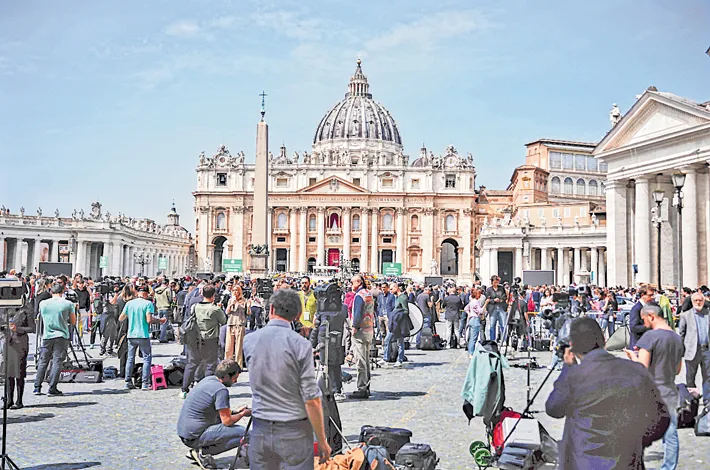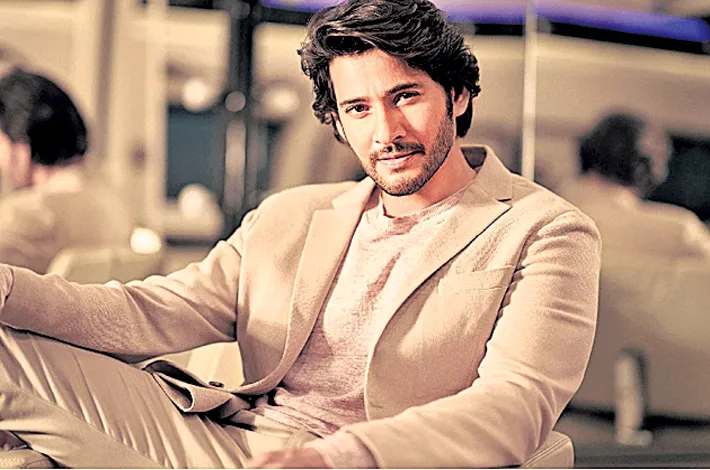How a new pope is chosen
22-04-2025 12:00:00 AM

Catholic Church's most senior officials, known as the College of Cardinals, elect the new Pope. Currently there are 252 cardinals, 138 of whom are eligible to vote. The others are aged above 80 and cannot take part. There are four Indians cardinals who are eligible to vote. They are Filipe Neri Ferrao, Baselios Cleemis, Anthony Poola George Jacob Koovakad.
WHO CAN BE A POPE?
In theory, any Roman Catholic man who has been baptised can be considered for election to become Pope. The cardinals, however, prefer to select one of their own.
THE PROCESS
When the Pope dies, the cardinals are summoned to a meeting at the Vatican, followed by the conclave, as the election is known. It is held in secrecy inside the Sistine Chapel. After the words "extra omne" (everyone out) are declared, referring to all but voting cardinals and a handful of officials and doctors, the doors are locked. Individual cardinals vote for their preferred candidate until a winner is determined.
TIGHT SECRECY
The cardinals swear an oath of absolute secrecy, and are permitted no contact with the outside world for the duration of the election process. Their phones are removed, and no newspapers, television, letters or messages are allowed. The chapel is also swept for listening devices before and during the conclave.
THE SIGNAL
Votes are taken each day, morning and afternoon, until a candidate wins a two-thirds majority. There is a day’s break for prayer and reflection after every seven ballots. Smoke emerging twice a day from burning the cardinals' ballot papers indicates how the election is progressing. Black means stalemate. White smoke means the new Pope has been chosen
PUBLIC ANNOUNCEMENT
After the white smoke goes up, the new Pope normally appears within an hour on the balcony overlooking St Peter's Square. The senior cardinal participating in the conclave announces the decision with the Latin words “Annuntio vobis gaudium magnum: Habemus papam” (I announce to you with great joy: We have a Pope).








